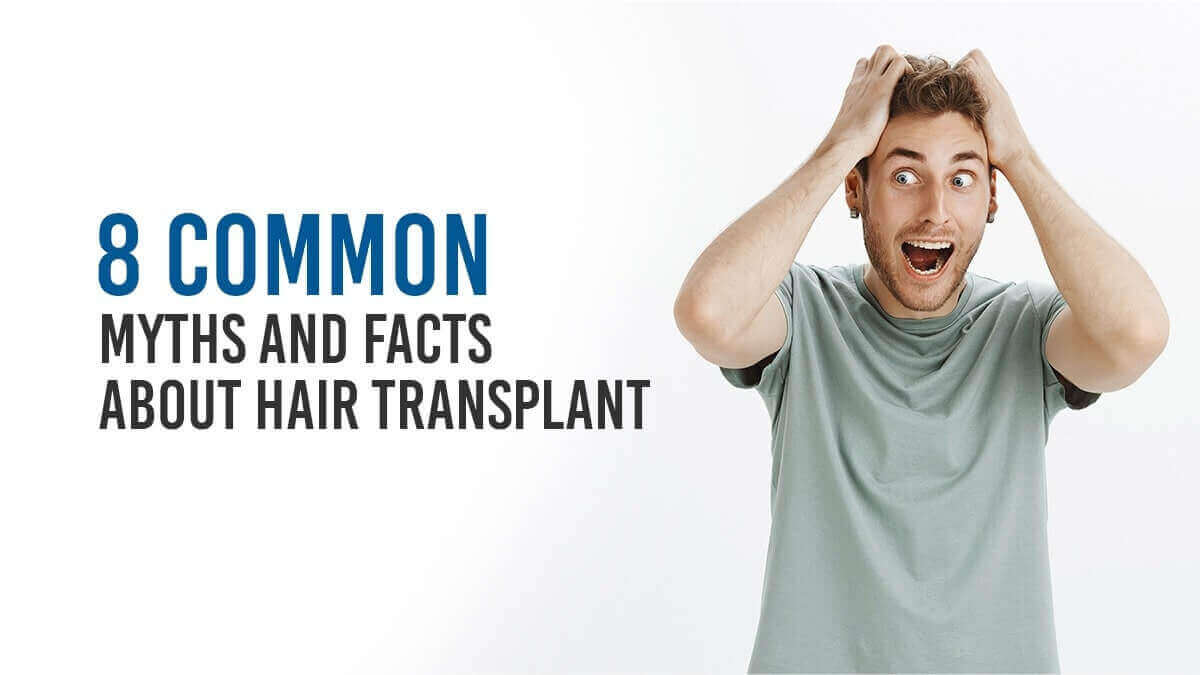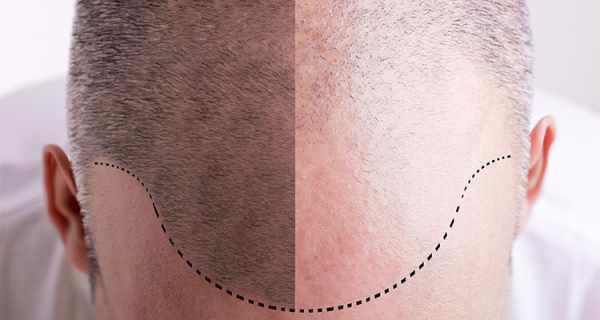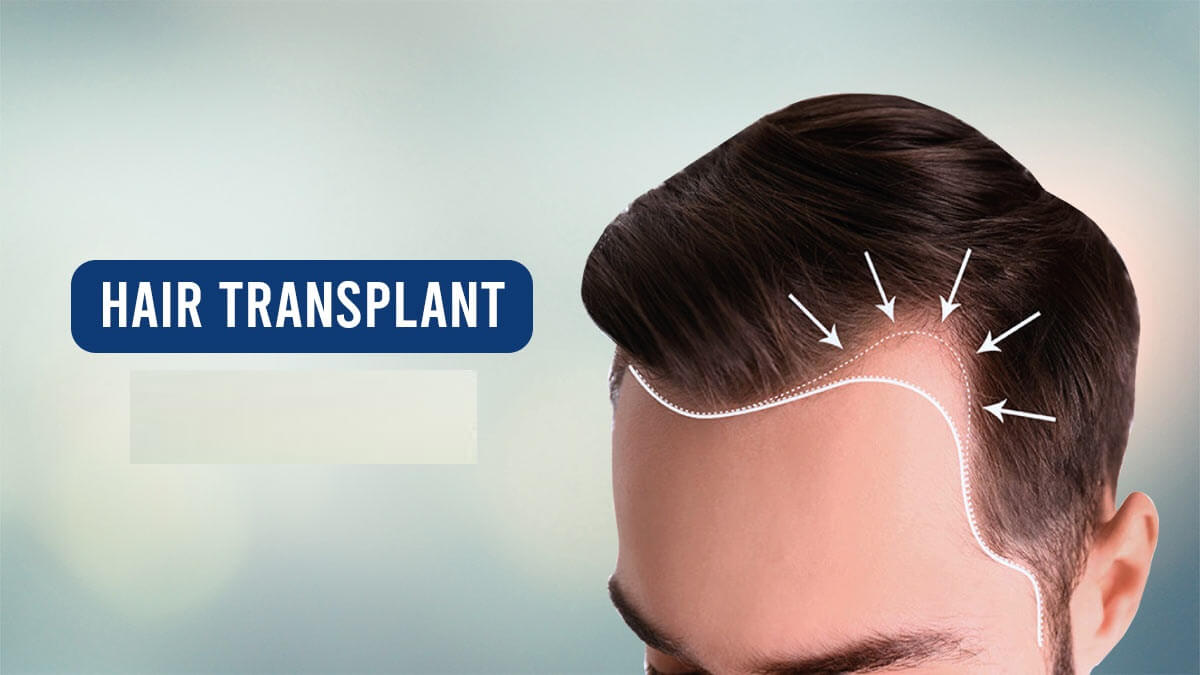For women, hair is the crowning glory and big part of the core identity. Hair is her pride and glamour quotient. Women want to flaunt their hair, and it turns into a disaster when they suddenly start losing it excessively. The general perception is that men are the usual victims to hair loss and balding, but recent studies have shown that these are very common in women as well.
How does female pattern thinning differ from male pattern thinning?
In men, the pattern of hair loss is characteristically U-shaped. It starts with thinning on the crown or a receding hairline, which advances to thin the top of the head. In women, Androgenetic Alopecia appears as diffuse hair loss or thinning in the fronto-vortex region (i.e.- on top of the frontal region) and the frontal region is spared in most cases. This hair loss happens at a slower rate than in men and it happens at a much later time in life. But age does not make it less traumatic for a woman, especially if she has had luxuriant hair before.
Statistics indicate that a large number of women with serious hair loss and balding problems are approaching Trichologists nowadays, that too at a young age. Baldness in women is a reality!
But, what are the factors that lead to such excessive hair loss in women? How does it progress?
There are various factors like ageing, thyroid imbalance, chronic anaemia, hormonal changes, polycystic ovarian syndrome (PCOS), certain medications & illnesses, stress and an unhealthy diet, can lead to excessive hair loss.
But if one has to point at a single core factor, it’s the hormones. Women have both the male hormone Androgen (which is responsible for hair growth all over the body) and the female hormone Oestrogen. In men, Androgen ironically causes the destruction of the hair follicles in those, who are genetically predisposed to this kind of baldness. This is known as Androgenetic Alopecia. Fortunately for women, the hormone Oestrogen counteracts and stops this negative action of Androgen.
However, in times when the Oestrogen level falls, Androgen starts attacking the hair follicles and as the hair follicles are destroyed, hair starts to thin. For example, before menopause, when the production of Oestrogen is high, this hormone has a protective effect against the small amount of testosterone that women also produce. After menopause, when the production of the female hormone Oestrogen shows down dramatically or stops altogether, Female Pattern Thinning in women begins. This thinning may also be triggered off by stress, the consumption of oral contraceptives, after a hysterectomy, childbirth or hormone-replacement therapy.
Some common symptoms of Female Pattern Thinning caused by high Androgen levels are excessive oiliness of the scalp and face, tender and painful scalp, and growth of hair on the face and skin.

The overall rate of hair loss varies from person to person. In rare cases, there is even some spontaneous but temporary hair re-growth. Some women may take 25 years to reach significant baldness, some others may take just 5 years. Hormone production varies with the season as well. Testosterone production increases and decreases with season. (Testosterone, when converted to DHT, adversely affects the hair follicles). Further, women have a monthly hormone cycle, which adds a further twist!
There is also limited to no awareness of the concept of hair thinning and balding in women. While most will complain about hair fall, and go with home remedies, there is no attention paid to hair thinning. This remains undetected for long until the bald patch starts appearing.
So, what is the solution in such a progressed state?
Hair transplant.
And yes, hair transplant is not just for men!
Conventional surgical hair transplant, such as the FUT method, involves cutting off a strip comprising of the upper layer of the skin from the back and sides of the scalp. This type of hair transplant is highly invasive, painful and leaves ugly scars behind. This is surely not an attractive option for anyone, let alone women. Some challenges posed by such traditional hair transplant methods that have been a limiting factor for women:
- Unlike men, women cannot use body hair from different parts of the body such as the beard.
- With a hair transplant, the new hairline will not be that dense nor does the hairline look natural. Women in general always weigh density high.
- Not all women will be convinced to shave their heads for the hair transplant procedure.
But times have changed!
Technologies have advanced manifold. Expert trichologists now use advanced methods of hair restoration which delivers a very natural looking result, camouflaging the direction and angle of surrounding hairs.
Women suffering from extreme thinning and baldness have traditionally opted for wigs, unfortunately. But in this day and age, hair transplants are done with such advanced methodologies that hair restoration in itself has been redefined, especially for women. They can get their natural hair back and stay confident. Unlike with traditional transplants, one can even now opt to not shave the head! This is quite a boon, especially for women!
Now the question is which is the most suitable method of hair transplant for women and where to get it done?
The natural choice should be a reputed hair transplant clinic that understands the special needs of women, offers the right blend of high medical expertise and superior technology/method to aid the process.
RichFeel, founded by the first certified Trichologists in India, brings to you this much-needed blend of unparalleled medical expertise and world’s most advanced technology, to provide solutions to all your hair needs and particularly for specialised procedures such as a hair transplant for women.
Through its alliance with Ailesbury Hair Clinic of London, RichFeel introduced the ‘Aesthetic Hair Implants- AHI‘ technique in India, which is a significant advancement in the field of surgical hair restoration. It also offers the No-Shave option on consultation, which most women opt for.
So, the next time you look in the mirror, find your hair growing horribly thin and you fear balding, don’t hide behind a scarf with embarrassment. Trichology exists so that you don’t have to suffer in silence and in shame.



